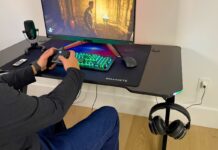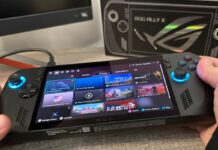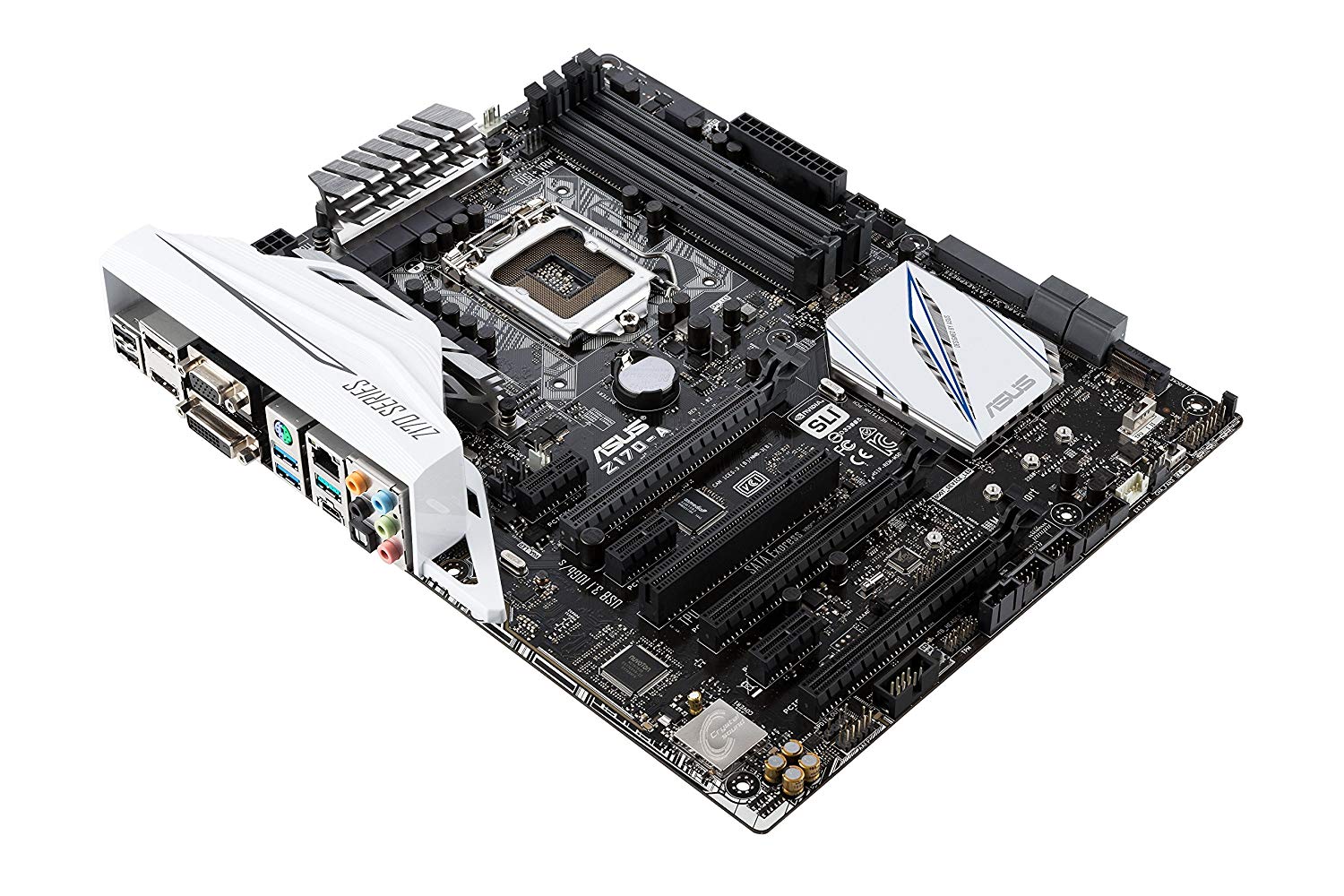
When building a gaming PC, the motherboard is one of the core components you need to acquire. However, if it is your first time selecting a motherboard, it can be quite daunting. There are so many new categories of features and specs that you may know nothing about; this guide will point you in the right direction in making the three big decisions right out of the gate. Throughout this how-to, we will cover sockets, sizes and ports/slots for your new motherboard.
Motherboard: sockets
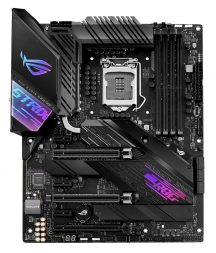
Our PC editor, Brad Moon shared the analogy that a computer’s motherboard acts like the “glue that holds all the components together.” One of the most important (and expensive) components housed on your board is your PC’s processor. In my experience, most folks select processor first, so as you buy your board, make sure that it is compatible with the processor that you select. This is the essential first step when you start your search.
This ASUS ROG STRIX Z490-E ATX LGA1200 Motherboard, for example, has a LGA 1151 Socket and supports Intel Skylake and Kaby Lake processors. If you have an AMD processor or a different generation of Intel processor, you will need a different board to accommodate. Identify your processor socket and make a motherboard match.
Motherboard: size
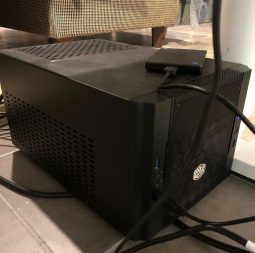
Beyond the socket compatibility, you’ll also need to consider the desired size for your motherboard. The most common size is ATX, but within that family, there are several different sizes of motherboards including micro-ATX and mini-ATX. There are less common board types as well like the Mini-ITX. The larger the motherboard, the more space that you will need in your case.
Personally, I have a Mini-ITX motherboard (see left); I opted for this board to have a low-power portable machine that could be placed on a desk if required. Outside of that, as you move to larger motherboards, you may get additional features like more PCIe slots or RAM slots. More on that in the next section.
Motherboard: slots and ports
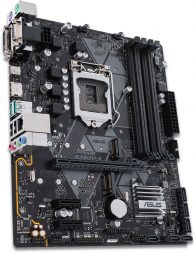
Once you have settled the socket and size conundrum, you can move to selecting the right number of slots and ports based on your other components. For slots, make sure that your new board has an appropriate amount of RAM (or DIMM) slots. Most boards come with two or four slots, but some higher-end boards come with eight. You may need them depending on how much RAM you have. You will also need to take a look at the number of PCIe slots on your board for devices like video cards or PCIe storage devices. Finally, make sure that you have appropriate amount of ports on your board: USB, HDMI and Speaker Ports.
Take a quick inventory of the number of USB connections that you need and check your monitor/speakers before you buy; there may be a slim chance you need a new cable or a USB hub for your setup.
Motherboard: other features
Once you have looked at those three categories, see what other “bonus” features that your motherboard possesses. This includes built-in Wi-Fi, newer port types like USB-C or even RGB headers. This pin connection allows you to connect LED strips directly from your board to create a cascade of colours inside your computer case.
The rest of your build
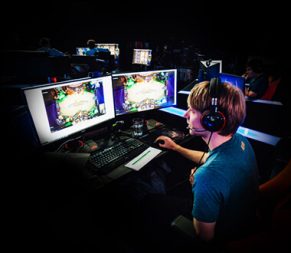 Once you have selected your motherboard, you will need to check off more items from your new gaming PC checklist. If you need some help planning out your build, start here with Brad Moon’s gaming computer 101. If you’re already comfortable, you can move on to articles diving deep on your new PC’s power supply, case, monitor, RAM and/or graphics card.
Once you have selected your motherboard, you will need to check off more items from your new gaming PC checklist. If you need some help planning out your build, start here with Brad Moon’s gaming computer 101. If you’re already comfortable, you can move on to articles diving deep on your new PC’s power supply, case, monitor, RAM and/or graphics card.
If you’re ready to start on your build, check out Best Buy’s full selection of components.

